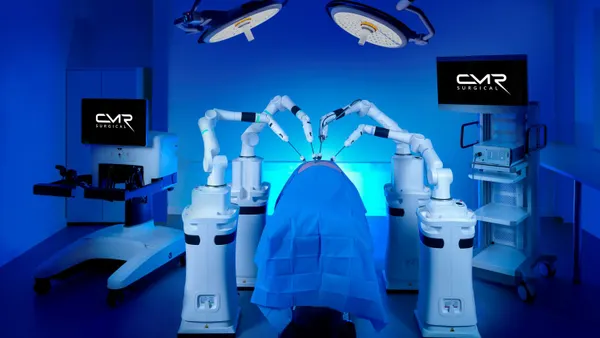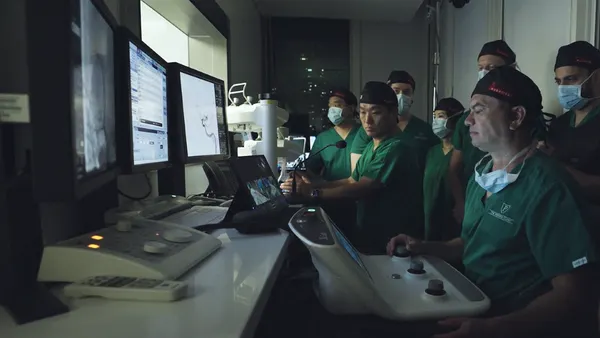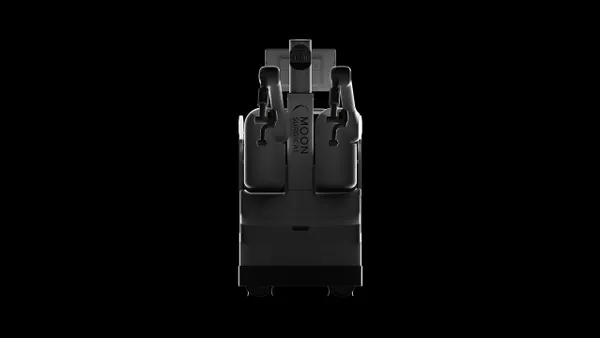Dive Brief:
-
3M’s healthcare unit posted 5.8% sales growth for the second quarter, providing some relief for the beleaguered conglomerate.
-
The weakness of 3M’s automotive and electronics business, plus headwinds in China, forced 3M to cut its outlook in the previous quarter. This time around, rising healthcare sales helped 3M to partly offset flat-to-falling performance in other parts of the company.
-
3M is set to increase its reliance on growing its healthcare unit through its buyout of wound care device maker Acelity, a deal valued at $6.7 billion that executives said Thursday is likely to close in the fourth quarter.
Dive Insight:
3M’s healthcare unit, which sells products such as medical tape, skin closures and health information systems, was a bright spot for the conglomerate in the second quarter. While 3M’s other three units recorded sales decreases ranging from 0.5% to 9%, the healthcare business notched a 5.8% rise in revenue. Foreign exchange rates helped the healthcare unit but it grew 3.5% excluding those effects.
The rising sales led to a 2.9% bump in operating income. 3M attributed the growth to improving performance at multiple subunits and geographic areas. While sales at the drug delivery business suffered a mid-single-digit drop, the rest of the healthcare unit grew.
"We had our biggest business, our medical solutions business, up mid single digits. We saw strength in the U.S., we saw strength in China," 3M CEO Mike Roman said on a second quarter results call with investors.
The performance led 3M to predict that the healthcare unit would hit the top end of its targeted full-year sales range. That forecast rests on a belief that the overall healthcare unit can tap into strong market growth, and that the drug delivery business will be less of a drag on the unit in the second half of the year.
Acquisitions were a key driver of healthcare growth in the quarter and 3M is looking to another deal to continue its momentum. The takeover of Acelity will give 3M control of wound care technologies that fit into its medical solutions segment, its largest healthcare business which CFO Nick Gangestad told investors grew in the mid-single digits.











